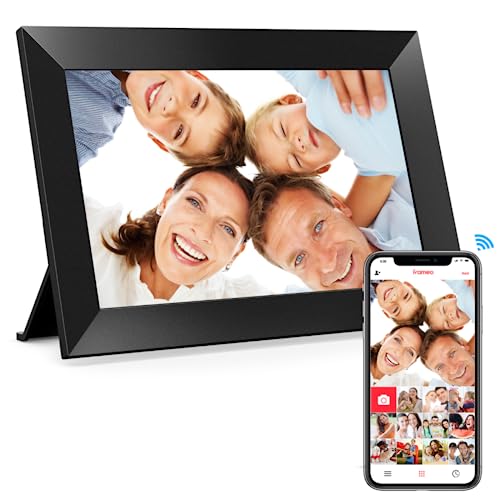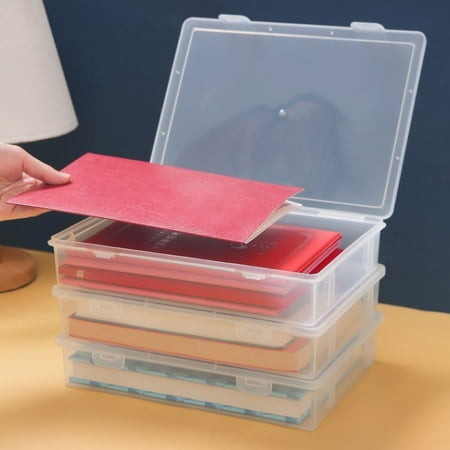Intentional ‘Tidying Festivals’ helped me finally declutter my empty nest before I downsized
Slow and steady won the race without breaking my heart in the process

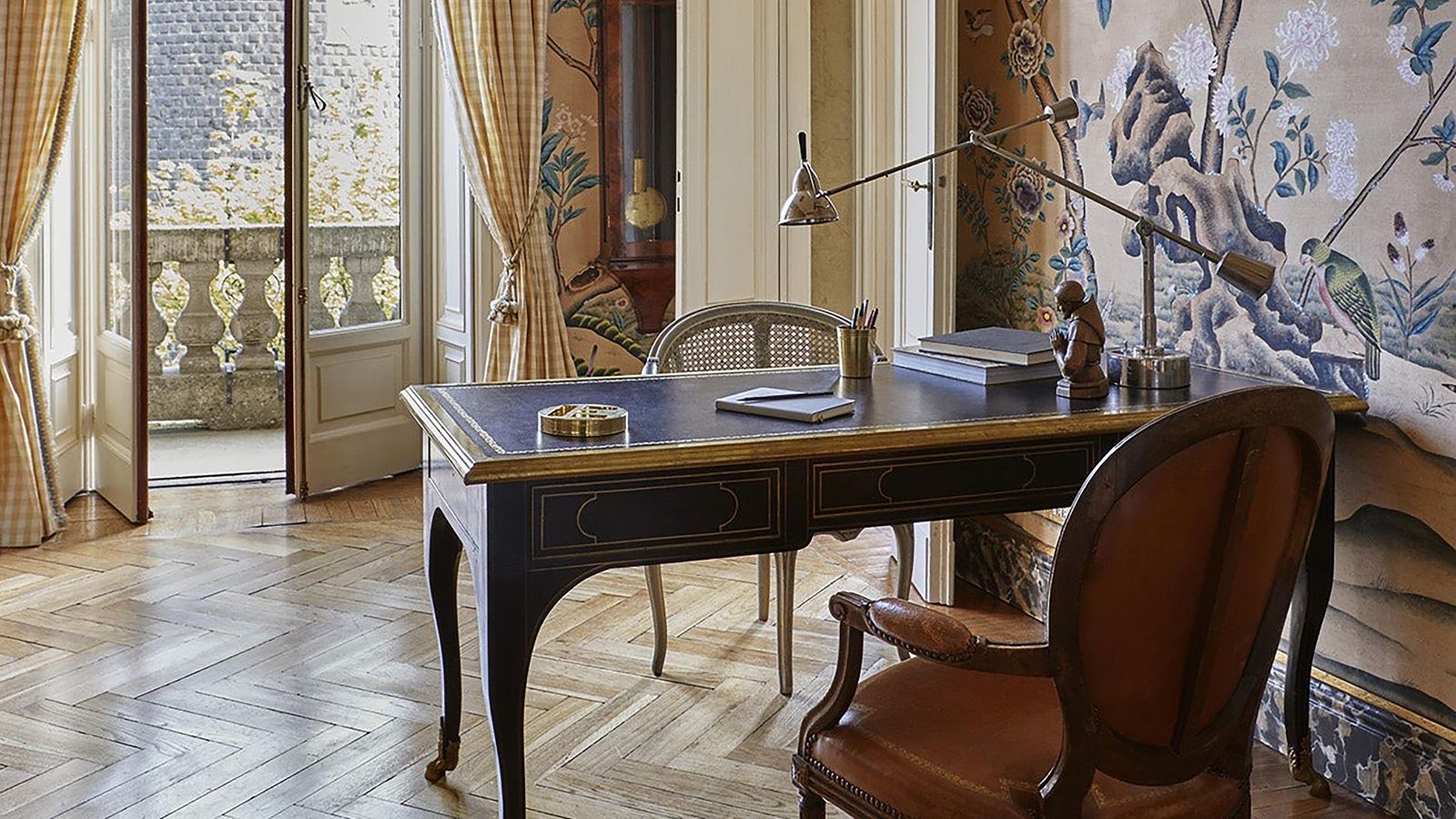
Decluttering an empty nest when your children have grown up and left home can be a bittersweet experience that’s difficult to start.
For mother of two, April, it was a long journey that ebbed and flowed until a need to downsize and move home suddenly shifted this crucial task into crisp focus.
Here, she shares the challenges she faced, how she overcame them, and the four vital categories of items she streamlined, along with the great decluttering tips she leaned into from an expert home organizer.
How to declutter an empty nest without breaking your heart in the process
For 64-year-old April, an Oregon mom, ruthlessly decluttering her empty nest was not a task that came to fruition overnight. She had been an empty nester for two decades, packing up belongings no longer used and moving from one space to another, before a need to downsize meant it was finally time to deal with her now grown-up son and daughter’s items.
Throughout the years, April had been a naturally tidy and organized person, but the emotional impact of her empty nest sometimes caught her off guard. She says, ‘It came in waves of sadness, guilt, and joy, showing up when you least expect it.’
When a big life change resulted in April needing to declutter and downsize, she sought expert help for her children’s leftover things, connecting with professional organizer and KonMari Master Consultant, Rebecca Jo-Rushdy of Spark Joy and Flow.
The expert’s live ‘Tidying Festivals’ via video call helped April tackle her children’s clutter week by week, category by category. With this digital support, April was finally able to let go of sentimental clutter in four categories without feeling guilty or sad.
Design expertise in your inbox – from inspiring decorating ideas and beautiful celebrity homes to practical gardening advice and shopping round-ups.
1. Plastic kitchenware
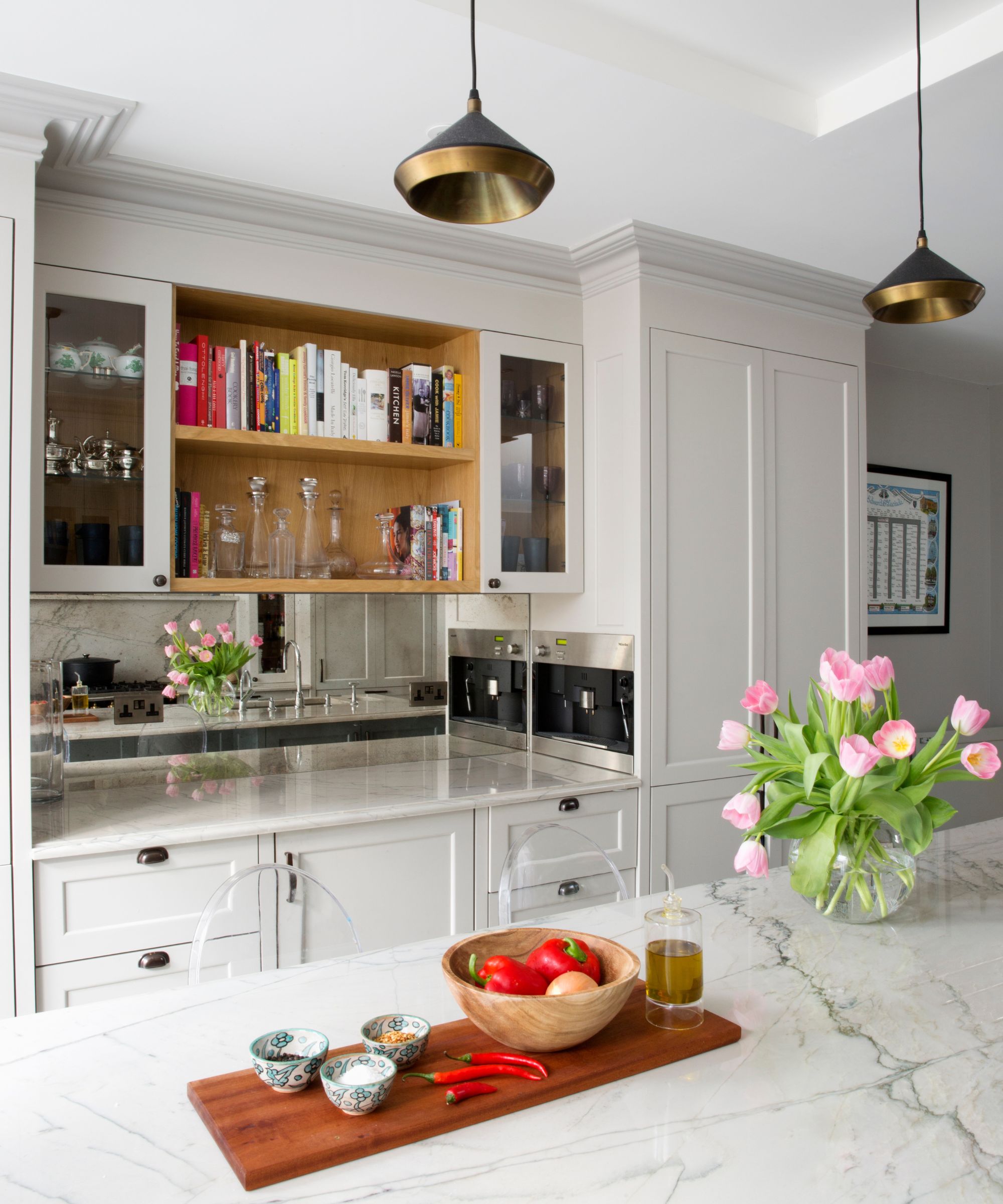
Many parents turn to unbreakable, easy-to-wash, and portable containers and serveware when they have young children in the house for ease and convenience, but April realised it was time for an upgrade.
Replacing her plastic containers with stainless steel, glass, and eco-friendly food storage ideas was a strategic and aesthetic upgrade that was well overdue. April says, ‘It was a healthy choice too, and a way to upgrade my space.’
If you're doing the same, consider getting rid of black plastic utensils, too, and bringing in a silicone set from Amazon.
Professional organizer Rebecca adds, ‘April’s biggest challenge wasn’t physical; it was emotional. The uncertainty of a seven-and-a-half-month moving delay left her in limbo, but she continued showing up to the weekly live tidying sessions.’
April recalls a particular session that helped ease her into decluttering. She says, ‘I remember one session, I opened a box and said, Okay, just this one. I couldn’t believe how ready I was to let go of things I thought I’d be keeping.’
When decluttering items that belong to your fantasy self, or indeed a version of yourself that existed when you had young children in the house, it can be rejuvenating to say goodbye, as well as emotional.
Being prepared for both will help reduce the shock factor of this task.
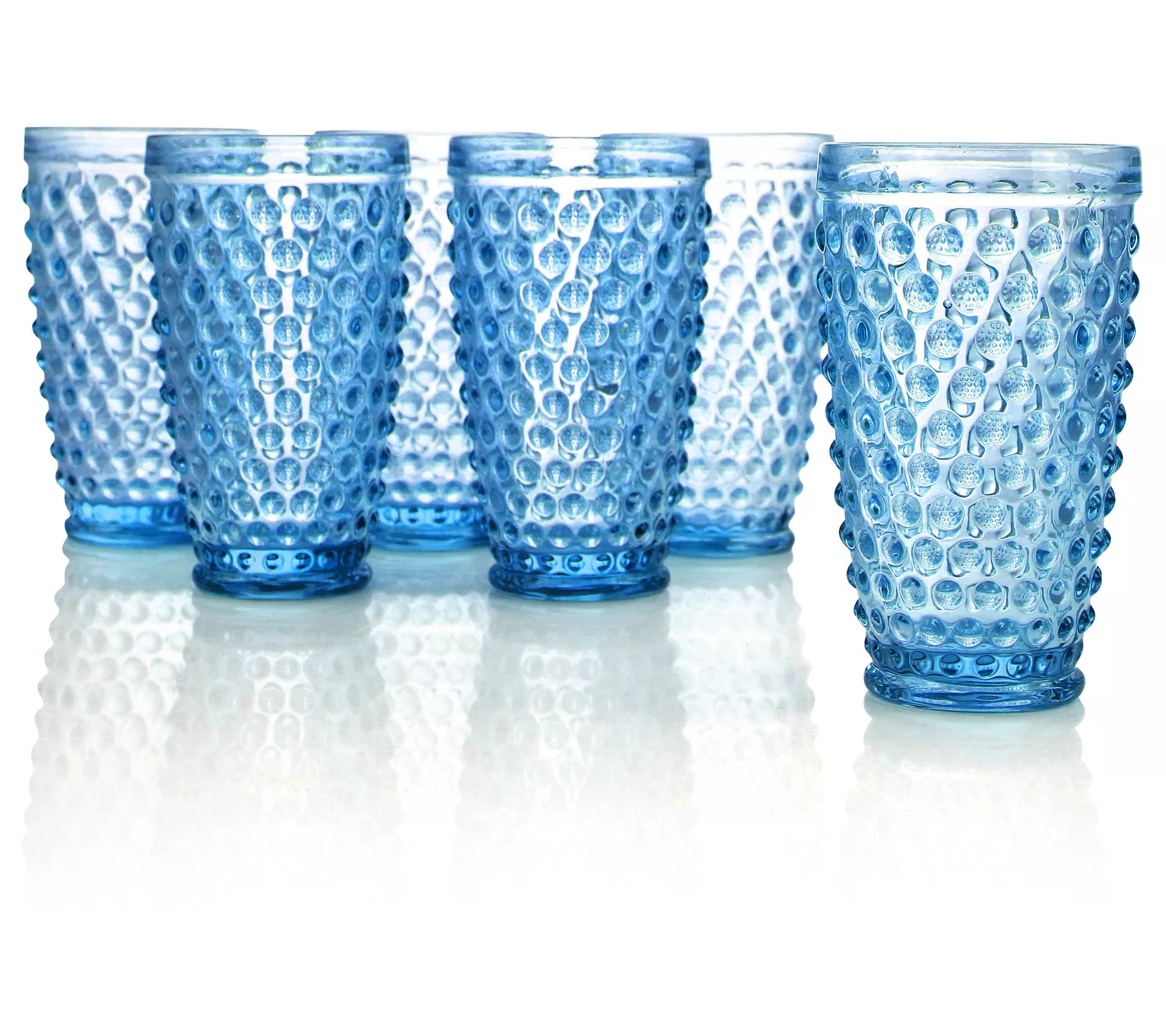
This set of six glass tumblers make a nice, grown up replacement for any leftover plastic cups.

This beautiful set includes four dinner plates, four salad plates, and four cereal bowls. All are microwave-safe and dishwasher-safe.
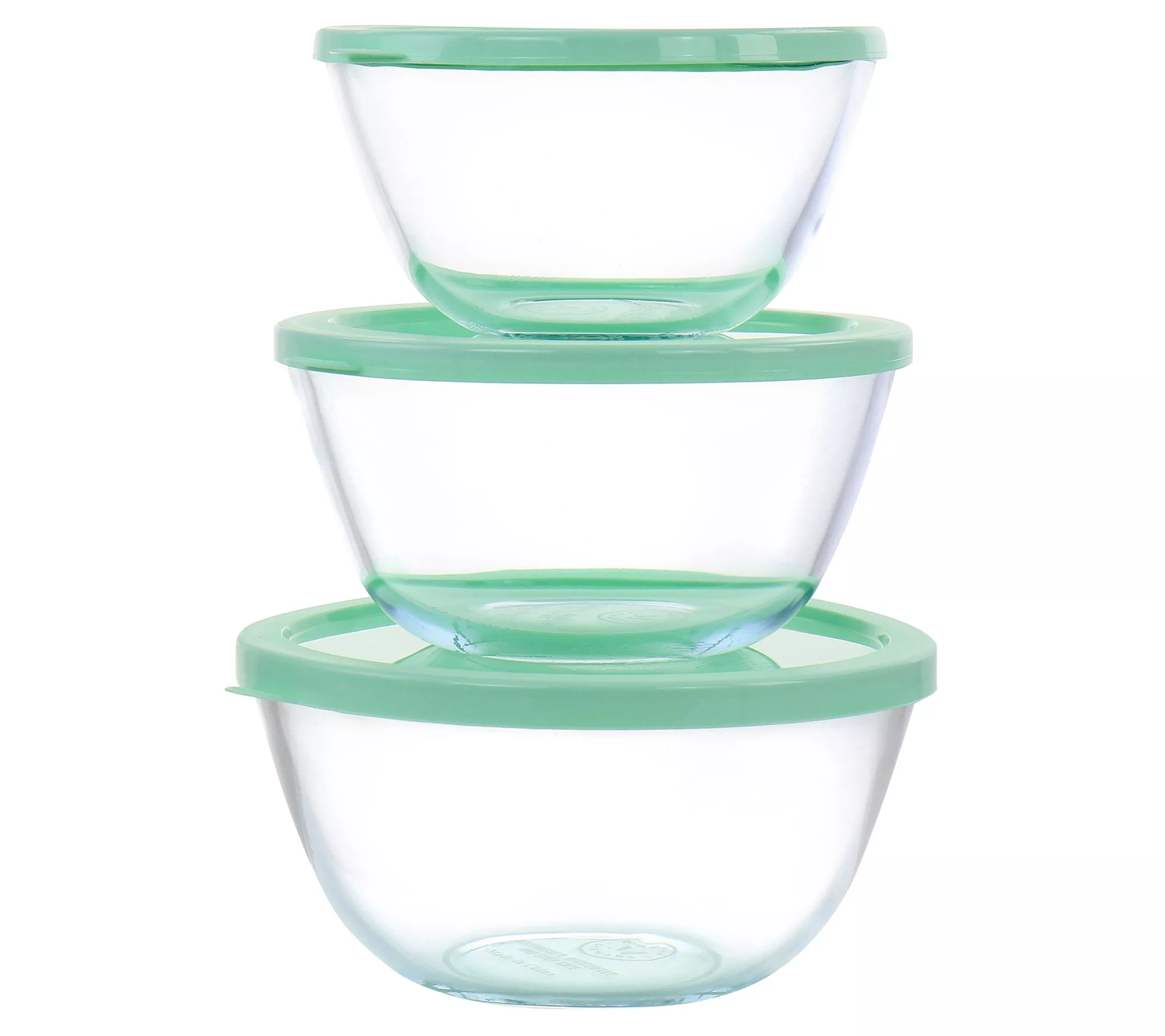
Prep and store food in these glass bowls with plastic lids. They can be washed by hand or go in the dishwasher without damage.
2. Photos and memorabilia
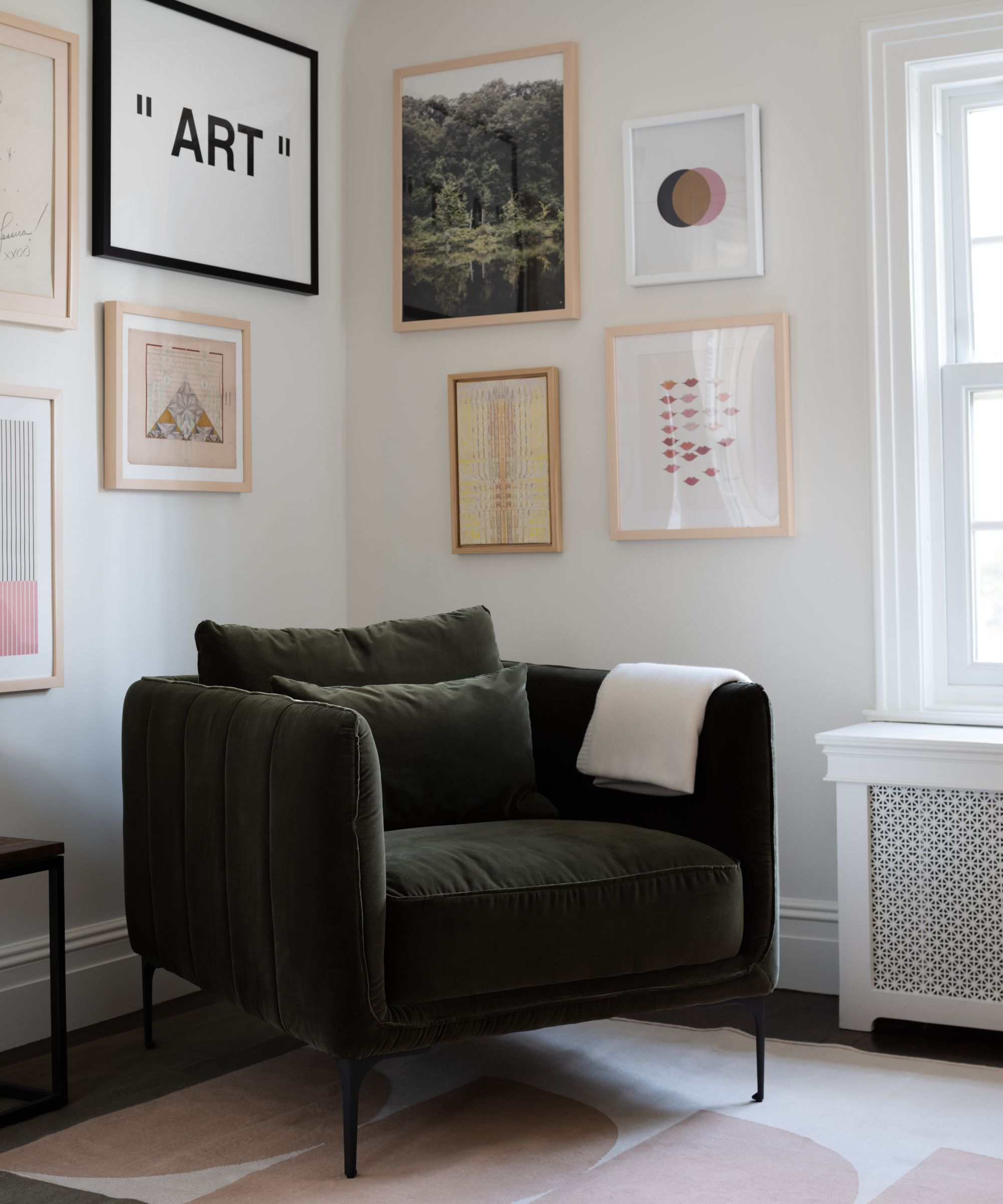
Instead of stacks of prints or digital photos locked away in a cloud or external hard drive, April curated family photo books she could revisit with her grown children when they came to visit. It was a nice way to organize family photos without adding clutter.
To preserve memories more intentionally, April created a framed collage of her mother's life, featuring backstage passes, casino chips, and memorabilia from her time as Frank Sinatra's secretary.
She says, ‘Instead of keeping it in a box, I turned it into something beautiful I could see every day. My son saw it and said, “Mom, this is so cool.” That meant everything.’
3. Diaries and recipes
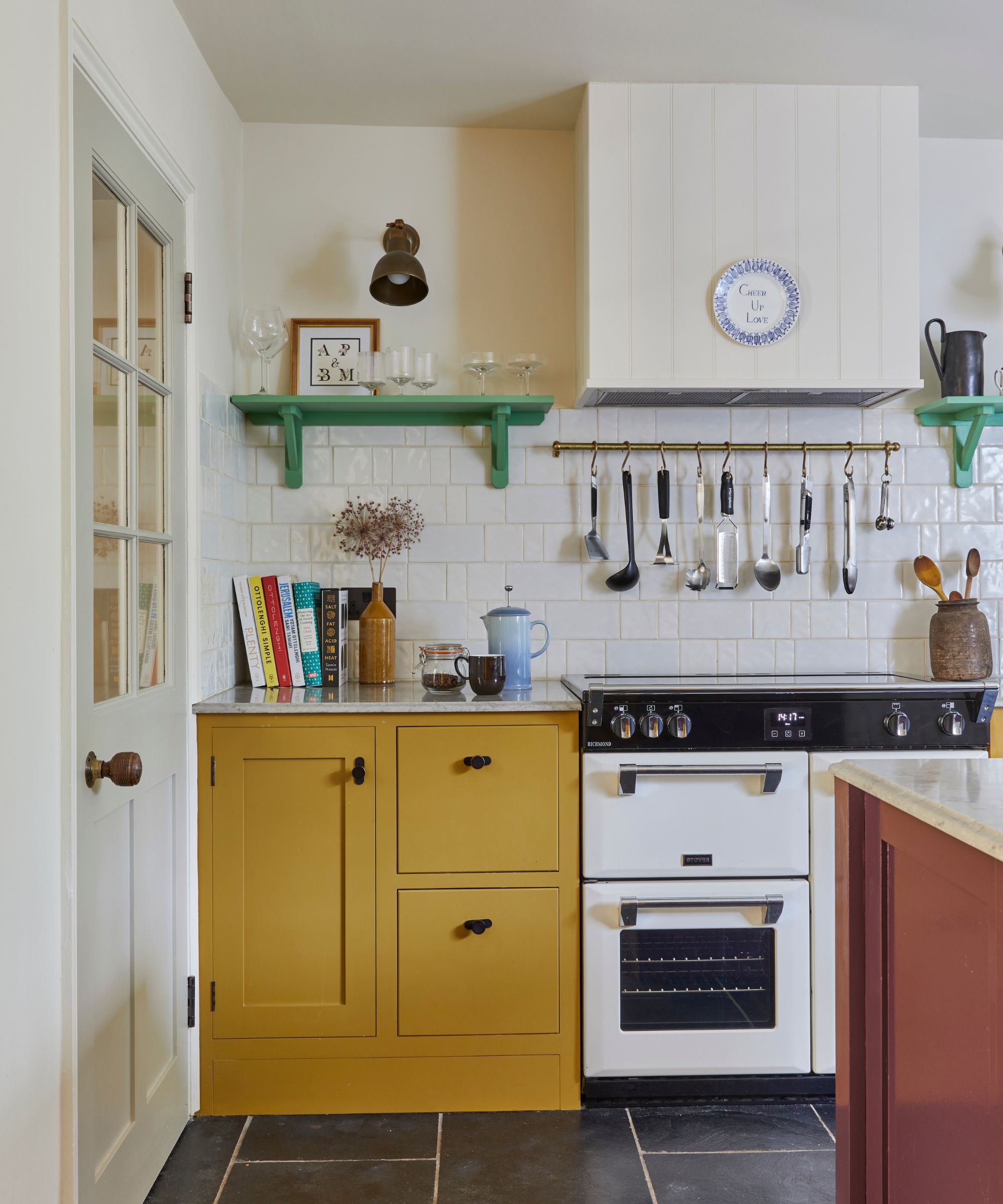
In the midst of decluttering her empty nest, April also found boxes of forgotten recipes, diaries, and important paperwork to declutter that belonged to her late mother.
This hit hard, as decluttering for parents, often does.
April spent time reading the diaries to connect and memorialize the contents before saying goodbye, adding, ‘It was a lot of paper, but hidden among it were treasures: Love letters, daily planners, travel notes, and things my whole family never even knew about.”
Rebecca supported April to reduce overwhelm when decluttering, trusting her readiness and focusing on what mattered most.
Useful decluttering methods included tackling categories one at a time, mindful, heart-led decision-making, and creating visible but streamlined ways to honour memories with April's mother and two children, rather than hiding them away.
4. Trophies and report cards

April invited her now adult children to be involved in streamlining these milestone and achievement markers.
Throughout their childhood, April had lovingly saved two large bins filled with schoolwork, report cards, handmade cards, drawings, and the occasional trophy. Whilst decluttering in her 60s, April reached out to ask both of her children if they wanted to keep anything.
‘My daughter chose to keep both hers and her brother’s things,’ April recalls. ‘My son laughed and said, "You can toss the trophies – they never spelled my name right anyway!"'
Professional organizer Rebecca adds, ‘Respect and permission were guiding values throughout, a cornerstone of the KonMari Method that acknowledges emotional ties and autonomy, even with sentimental clutter.’
What to shop

Digitize photos and set them on rotation with this clever and easy way to enjoy hundreds of photos without the associated clutter of frames, photobooks and prints.
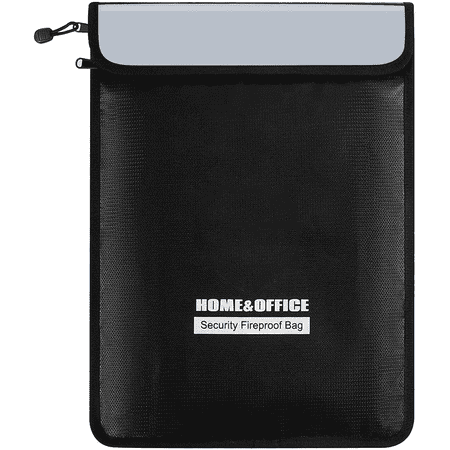
Save important paperwork or irreplaceable children’s drawings in this silicone-coated fibreglass fireproof, waterproof document bag that will survive if disaster strikes.
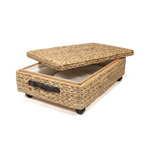
Generally, baskets are handy for decluttering, but this rolling aesthetic wicker bin is perfect for sliding under beds or sofas and keeping a category of items handy, but out of the way.
April completed her empty nest decluttering over several months, allowing herself the clarity and space needed for an emotional task, whilst simultaneously staying grounded with daily list-making, mindfulness practices, and working to a decluttering schedule of live tidying sessions with Rebecca.
On dealing with the emotions involved, April concludes, ‘Sometimes you don’t have the luxury of falling apart. You just look at what’s in front of you and do the next thing. But I came to realise the journey doesn’t really end, it simply evolves. Decluttering became my anchor through uncertainty.'
To help you get started on your decluttering journey, delve into our library of tried and tested methods to find one that suits your particular decluttering block or time constraints.
If you have a decluttering story or clutter problem you'd like to share and receive advice on from Homes & Gardens, please email FAO Punteha at homesandgardens@futurenet.com.
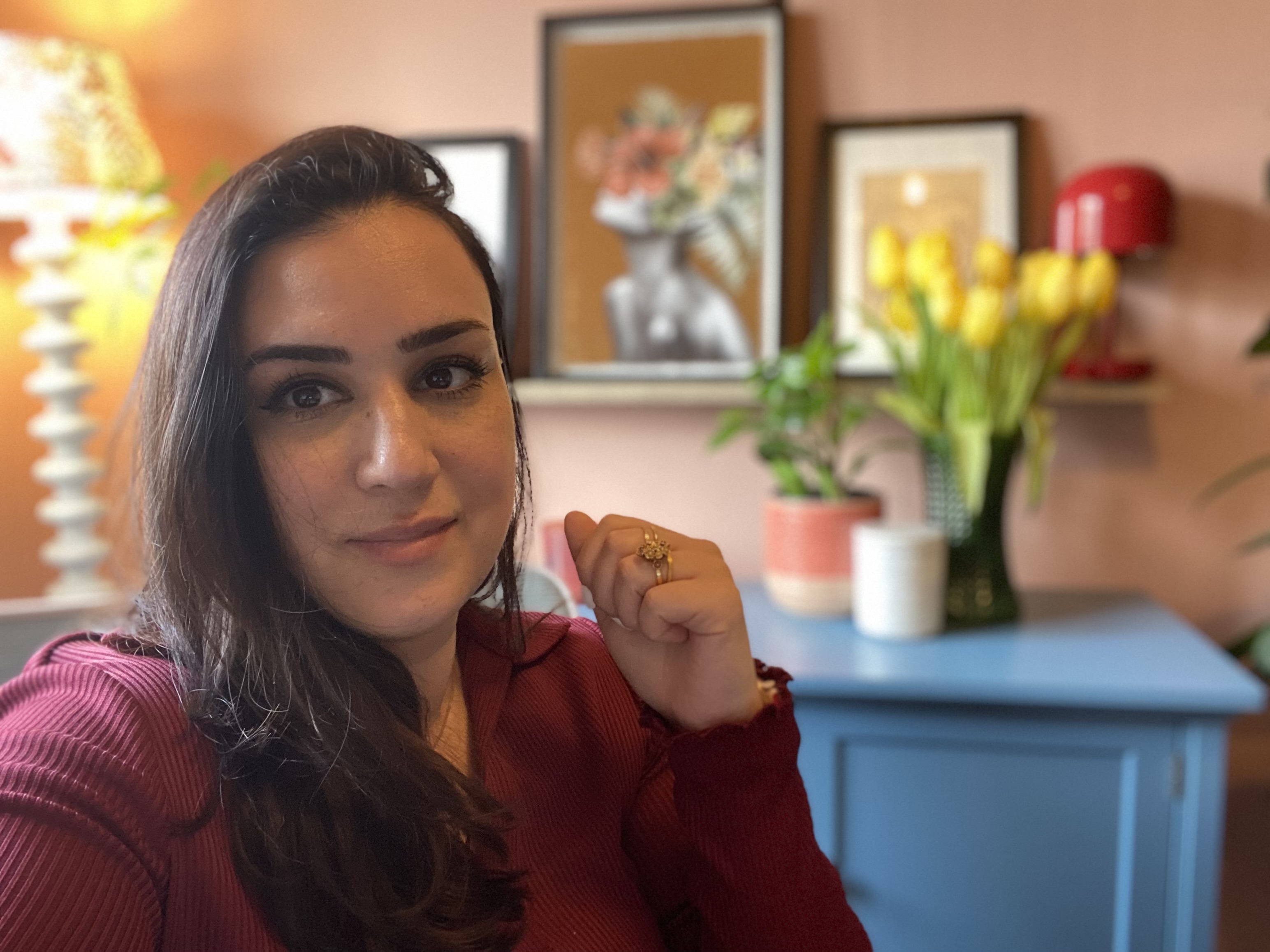
Punteha was editor of Real Homes before joining Homes and Gardens. She has written and edited wellbeing, lifestyle, and consumer pieces for the national press for 17 years, working across print and digital newspapers and magazines. She’s a Sunday Times bestselling ghostwriter, former BBC Good Food columnist and founding editor of independent magazine, lacunavoices.com. Punteha loves keeping her home clean, has tested and reviewed the latest robot vacuums and video doorbells, enjoys cooking, DIY, decluttering and spending weekends improving her newly-built home. Punteha is disabled and in chronic pain, so small, paced projects that bring big impact and make her household run smoothly are her focus.
